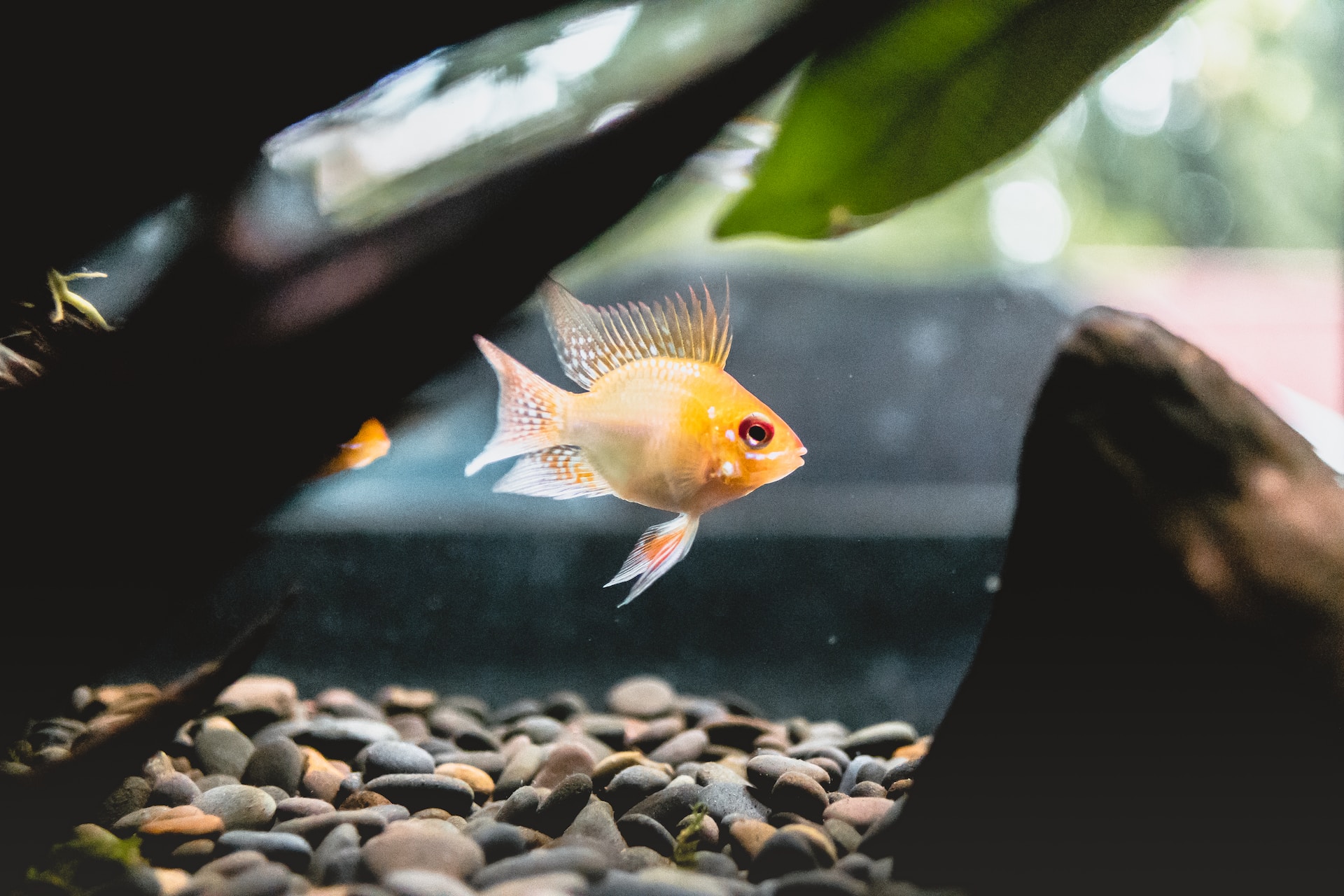Maintaining the right aquarium water parameters is crucial for a thriving aquarium. Whether you’re a novice or an experienced aquarist, understanding and managing these parameters can be the difference between a flourishing underwater ecosystem and a problematic one.
This article will delve into the key water parameters you need to monitor and how to maintain them for the health and well-being of your aquatic inhabitants.
Understanding the Key Water Parameters
1. pH Level
The pH level measures the acidity or alkalinity of the water. Most freshwater fish thrive in a range between 6.5 and 7.5, while saltwater fish prefer a slightly more alkaline environment.
2. Ammonia
Ammonia is highly toxic to fish and is a byproduct of fish waste and uneaten food. The ideal ammonia level is 0 ppm (parts per million).
3. Nitrite and Nitrate
Nitrites, which are converted from ammonia, should also be at 0 ppm. Nitrates, the final byproduct of ammonia conversion, are less harmful but should be kept below 20 ppm in freshwater tanks and even lower in saltwater setups.
4. Temperature
The required temperature varies depending on the species of fish. Generally, most tropical fish prefer temperatures between 75-80°F (24-27°C).
5. Water Hardness
Water hardness refers to the concentration of minerals in the water. Soft water has fewer minerals, whereas hard water contains more, which can affect fish health and tank maintenance.
Monitoring and Adjusting Water Parameters
1. Regular Testing
Use a water testing kit to regularly check the levels of pH, ammonia, nitrites, and nitrates. This will help you spot any imbalances early.
2. Controlling pH Levels
Adjust the pH level using buffers. Be cautious with adjustments, as sudden changes can stress or harm fish.
3. Managing Ammonia and Nitrite
Regular water changes and a properly cycled tank will help manage ammonia and nitrite levels. Ensure your filtration system is adequate for your tank size.
4. Temperature Regulation
Use an aquarium heater to maintain a stable temperature, and a thermometer to monitor it.
5. Addressing Water Hardness
Use water conditioners or filters designed to alter mineral concentration if necessary.
The Importance of Consistency
Consistency in water parameters is key. Sudden changes can stress aquatic life, leading to health issues or even fatalities. Regular monitoring and gradual adjustments can help maintain a stable aquatic environment.
Tips for Maintaining Optimal Water Parameters
1. Regular Maintenance: Routine water changes, usually 10-15% weekly, can help maintain optimal water conditions.
2. Proper Filtration: Invest in a high-quality filter that suits your tank size and type to effectively process waste products.
3. Avoid Overfeeding: Overfeeding can lead to excess waste and higher ammonia levels. Feed your fish only what they can consume in a few minutes.
4. Educate Yourself: Each fish species may have specific water parameter requirements. Research and understand the needs of the fish you keep.
Conclusion
Maintaining the right water parameters is crucial for the health of your aquarium. Regular monitoring, consistent maintenance, and a keen understanding of each parameter’s impact will ensure a thriving aquatic environment for your fish.


Comments are closed.